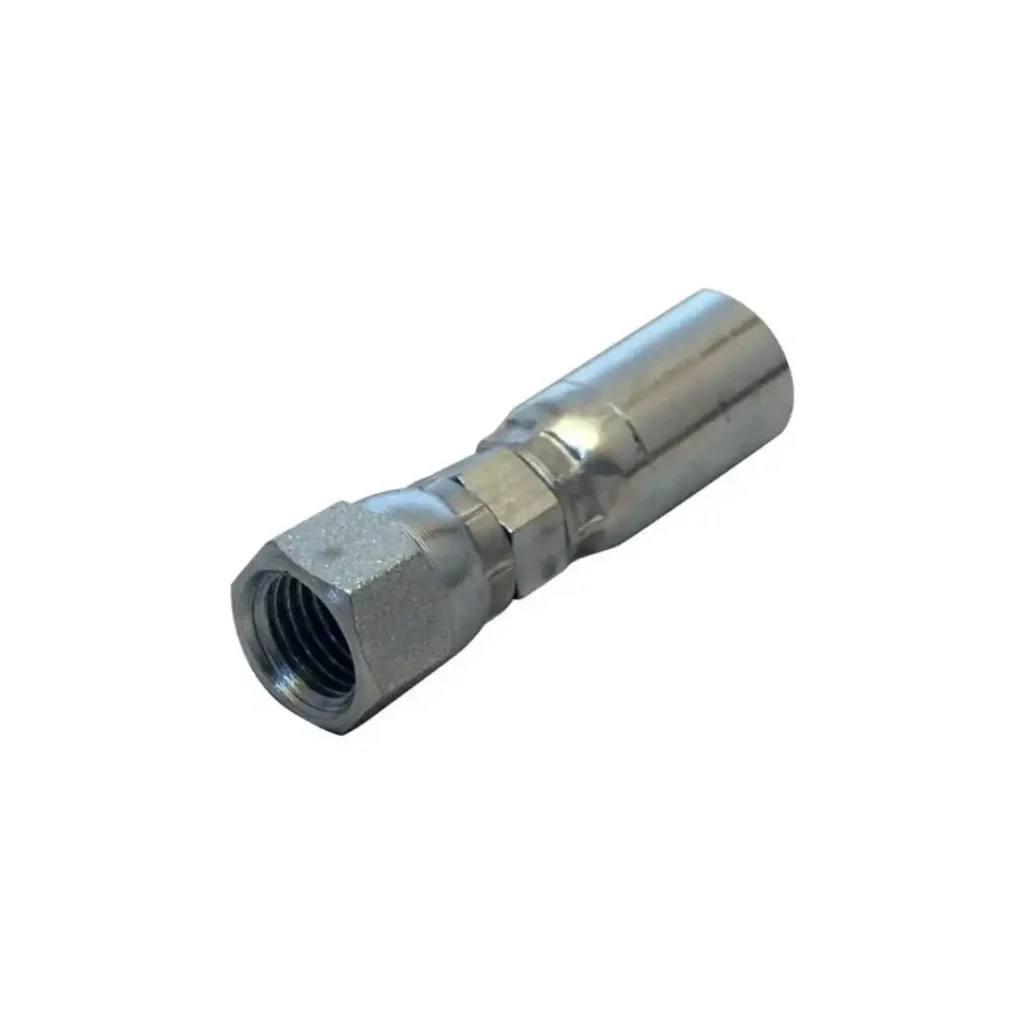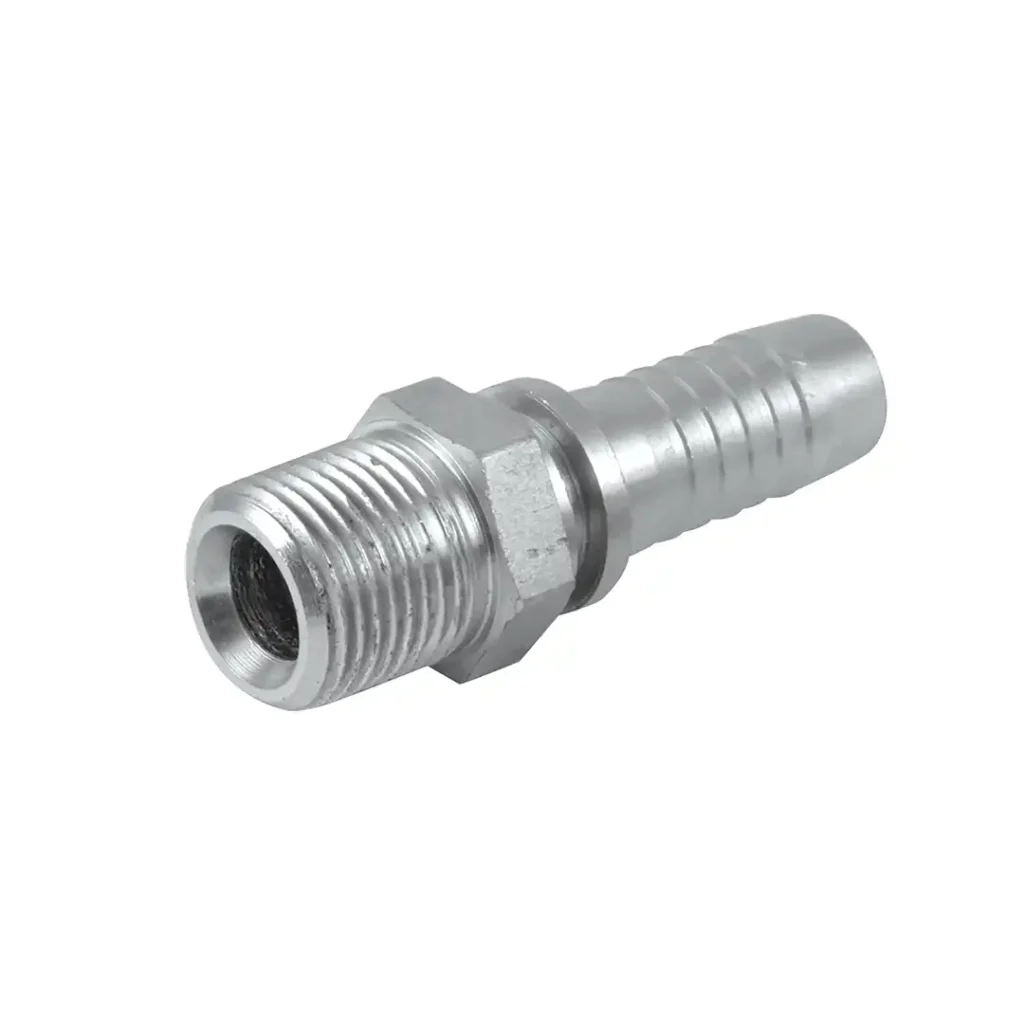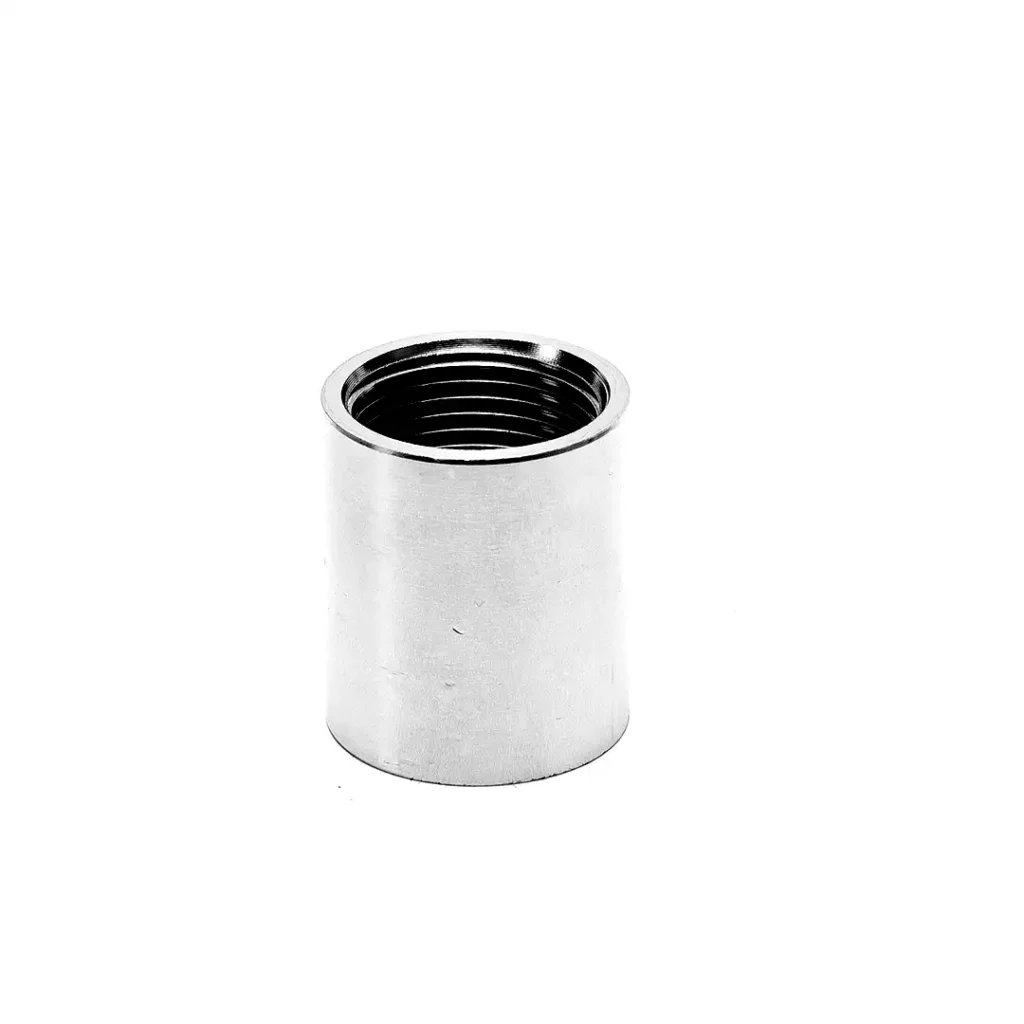Stop downtime and leaks! Find the perfect hydraulic hose end fitting for secure connections and peak performance in your hydraulic systems. Quote us now to get free hydraulic hose end fitting samples to test quality.
Kingdaflex, as a leading hydraulic hose end fittings, and we can customize all types of hydraulic hose end fittings.
Base Metal: Choose from various materials like steel (different grades for pressure and temperature resistance), stainless steel (corrosion resistance), or even brass (for lower pressure applications).

A popular choice due to their ease of installation using a crimping tool and dies. They come in various sizes and materials to suit different hose types and pressure requirements.

Offer secure connections for high-pressure applications. They consist of a flanged collar with holes for bolts and a sealing surface that mates with a flange on the component. For more detailed info about hydraulic hose flange fittings, please feel free to contact us at any time.

Commonly used for threaded connections to valves, pumps, and other components. They come in various thread sizes and are rated for different pressure applications.

Allow for easy connection and disconnection of hoses, ideal for applications requiring frequent assembly and disassembly. They come in various configurations and pressure ratings.
Hydraulic hose end fittings are components that attach hydraulic hoses to other components in a system. They create a secure and leak-proof connection for high-pressure fluid flow.
Installation methods vary depending on the fitting type. Common methods include crimping (using a crimping tool and dies), screwing onto threaded ports, or bolting for flanged connections. Always refer to the manufacturer‘s instructions and use the proper tools for a secure connection.
Yes, to a certain extent. Customization options include: